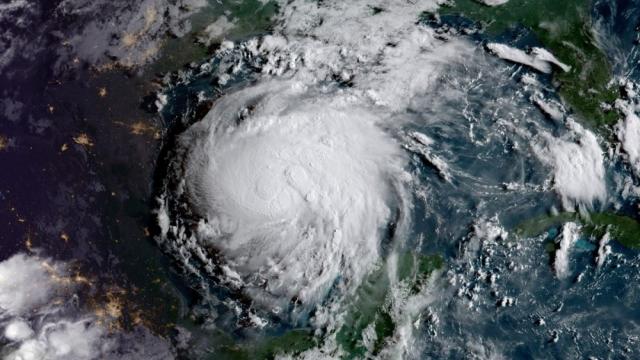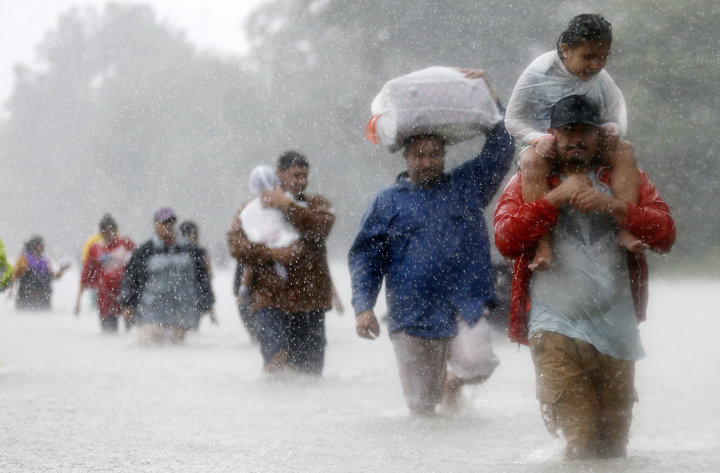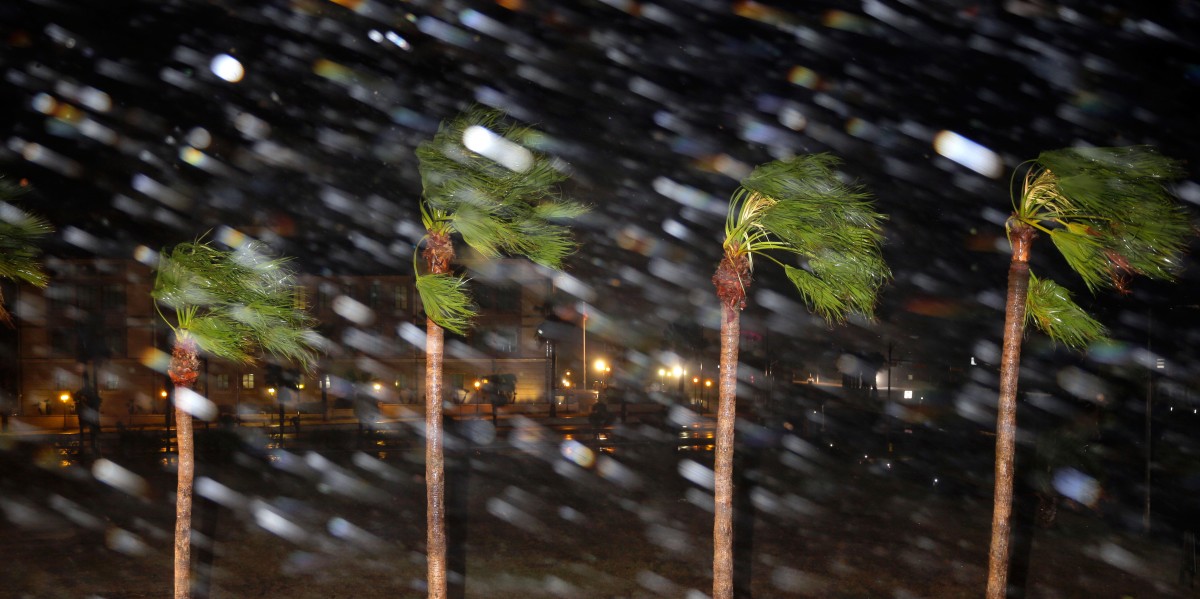
As Earth’s climate changes, extreme floods now described as “100-year” and “500-year” events are expected to become more frequent. So will the number of times that the public gets confused by those labels.
Some experts wonder if it might be time to scrap such terminology.
So-called 100-year floods are becoming so common that the metric “is pretty much useless now as a baseline for an extreme event,” said Marshall Shepherd, director of the atmospheric sciences program at the University of Georgia and a former president of the American Meteorological Society.
“We are in a new normal,” he told HuffPost.
Over the last five days in Houston, the former Hurricane Harvey has unloaded huge amounts of rain — more than 50 inches in some areas — triggering the city’s third “500-year flood” in as many years. Water levels could yet reach the “1,000-year” benchmark — or higher.
Many, including President Donald Trump, have misunderstood the “500-year” label as describing a “once-in-500-year” event — that is, something that would likely not occur again for half a millennium. But that’s not what the terminology means.
There’s some meteorological shorthand here. The term “100-year flood” indicates a flood of a magnitude that “statistically has a 1-percent chance of occurring in any given year,” as the U.S. Geological Survey explains on its website. In other words, the probability of a 100-year flood occurring in, say, Houston this year is 1 in 100. A 500-year flood has a 1-in-500 chance of occurring in a given year.
That’s the good news about massive floods. The bad news is that a city that just faced a 100-year or 500-year flood still has the same probability of experiencing another the following year.
“People think, ’Well, it’s a one-in-100-year flood. We had one last year, so it won’t happen again,’” Sandra Knight, a senior research engineer at the University of Maryland and a former official at the Federal Emergency Management Agency, explained to The New York Times. But she said, “They can happen back to back.”
In Houston, those 500-year floods keep recurring — in 2015, 2016 — and now 2017.
Bear in mind that these flood measurements are based on historical data, so they don’t account for the latest changes in climate or landscape.
One of the likely contributing factors to the disaster in Houston is the city’s urban sprawl, The Washington Post noted. As the nation’s fourth-largest city continues to grow, more wetlands that once absorbed floodwater have been covered with buildings and pavement.
The destructive power of Harvey was also linked to climate change, according to an August 28 op-ed in The Guardian written by Michael Mann, a climate scientist at Pennsylvania State University. He concluded that while climate change did not cause Harvey, “we can say that it exacerbated several characteristics of the storm in a way that greatly increased the risk of damage and loss of life.”
As for the widely used labels for extreme weather events, Mann told HuffPost, the problem is that ″past is not prologue here.”
“What used to be, say, a 1,000 year event (like [Superstorm] Sandy or perhaps Harvey) is now, say, a 30 year event, and will eventually become an event we see every few years if we continue on the course that we’re on,” he said via email.
“[W]e’ve loaded the dice through climate change,” Mann warned, “so that these events are appearing far more often.”
3 WAYS TO SHOW YOUR SUPPORT
- Log in to post comments













